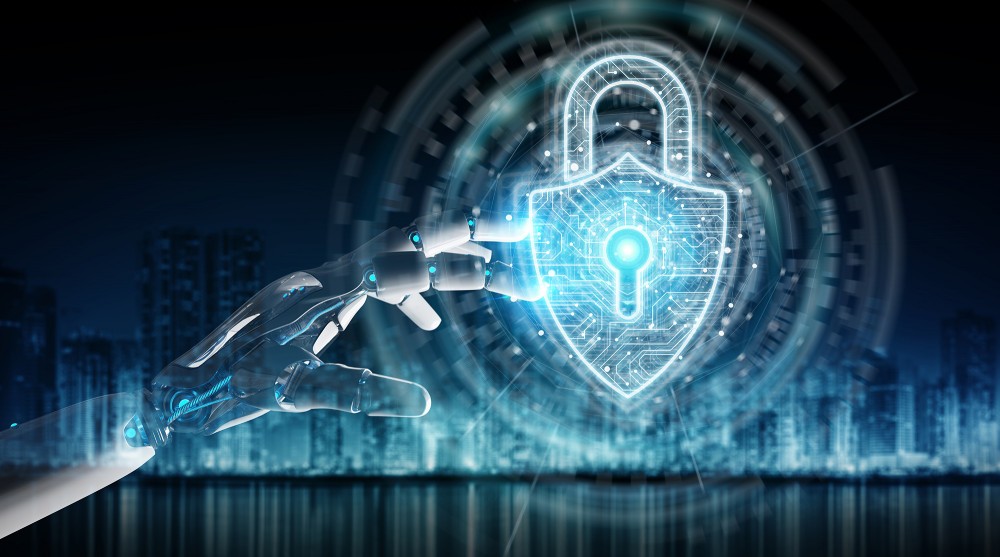AI’s part in a smarter cybersecurity

The number of cyberattacks is soaring day by day and this trend doesn’t look likely to change in the short term. A recent Maryland University study shows that a cyberattack occurs every 39 seconds. It stands to reason, therefore, that current cybersecurity technology is in need of some kind of help in coping with these threats, without overlooking the constant monitoring and checking of a host of alerts that might turn out to be false positives.
For some years now, as threats and risks have proliferated, the cybersecurity paradigm has been shifting at breakneck speed. Technology is making headway, and artificial intelligence (AI) could help cybersecurity buffs by automating processes that, until very recently, were tedious and fairly valueless. Machines here are excellent allies; they can process huge volumes of data and flag up any anomaly or interesting information for experts to examine. AI is hence becoming an essential tool in ensuring a secure environment for any organization.
Some of cybersecurity’s most pressing and tricky problems could be solved by AI. The nonstop evolution of cyberattacks shows that AI, pooling such technology as machine learning and deep learning, could be used to keep up with the “baddies” (let’s not forget they also use AI to launch their attacks), automating threat detection and smartening up the response.
Cybersecurity Challenges
Cybersecurity poses certain particular challenges:
- An ever-increasing attack surface.
- Thousands of heterogeneous devices in each organization.
- Hundreds of attack vectors.
- Shortage of skilled security experts.
- A huge volume of data beyond human processing capacity.
Data platforms and AI enable any company’s entire information-system data to be continuously and independently culled. This data is then analyzed by cybersecurity teams to pick out significant patterns.
Activities where AI can aid cybersecurity
The upshot is that AI can boost the power of human teams in diverse cybersecurity categories, including:
- IT asset inventory: obtain a precise and complete inventory of all devices, users and applications with any type of access to information systems. Categorization and measurement of business criticalness also play an important part in this inventory.
- Threat exposure: AI-driven cybersecurity systems could provide updated knowledge of overall and sector-specific threats to help in making crucial prioritization decisions based on the probability of the company coming under attack from that particular threat.
- Control efficacy: it is vital here to understand the impact of the diverse security processes and tools that have been used to build up a solid security posture. AI can help to bring out the strong points and weaknesses of any information-security system.
- Improved security systems: AI contextualization could detect false positives, helping firms to build a more dependable security system. AI can take on part of any company’s security work, allowing the team, freed of these routine tasks, to focus on other tasks calling for human intelligence.
- Intrusion risk: working from the IT asset inventory, threat-exposure analysis and control efficacy, AI-based systems could forecast the likeliest intrusion vector, planning resource allocation to suit. The conclusions drawn from the AI analysis could help to configure and improve controls and processes to boost any organization’s technological resilience.
- Incident response: AI-driven systems could provide an improved prioritization context and a better response to security alerts, speeding up incident response in order to spotlight the fundamental causes, mitigate vulnerabilities and head off future problems.
- Understandability: AI’s security-boosting effectiveness depends heavily on the understandability of recommendations and analyses. This is vital in terms of involving the whole organization, helping them to comprehend the impact of the diverse security programs and passing on important information to all stakeholders, including end users, security operators, the CISO, auditors, the CIO, the CEO and the board.
In sum, to cope with the worldwide increase in cyberattacks, cybersecurity now needs to recruit AI as its staunchest ally.
AI-based solutions can help us to prioritize risks, instantly detect any malware, guide the incident response and head off any intrusions. AI can also release cybersecurity from some of its most mundane tasks, automating threat detection and trawling possible cyberattacks. AI’s flexible and robust features ensure our systems are built on a solid defense.
[1] Study: Hackers Attack Every 39 Seconds: https://eng.umd.edu/news/story/study-hackers-attack-every-39-seconds
Author: José Carlos Baquero Triguero.